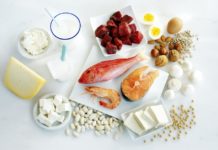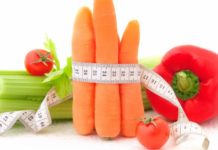Fibrogastroduodenoscopy (FGDS, gastroscopy) is a method for diagnosing pathologies of the upper gastrointestinal tract using a gastroscope. The device is a hollow tube, inside of which is placed a fiber optic system equipped with a micro camera. During the procedure, the esophagus, stomach and duodenum are examined, and the image is displayed on the monitor.
The examination method is considered safe and low-traumatic, but it requires compliance with a number of rules and the implementation of preparatory measures.
Material Content:
- 1 Indications for gastroscopy of the stomach
- 2 Principle of the procedure
- 3 Preliminary study preparation
- 4 What can I eat before FGDS?
- 5 Can I drink before gastroscopy?
- 6 What is forbidden to do before FGDS?
- 7 Recommendations before the procedure
- 8 How to prepare for gastroscopy the day before and in the morning?
Indications for gastroscopy of the stomach
FGDS is used to diagnose inflammatory diseases of the gastric mucosa. Gastroscopy is a mandatory examination for suspected gastritis, a stomach ulcer and duodenal ulcer, duodenitis.
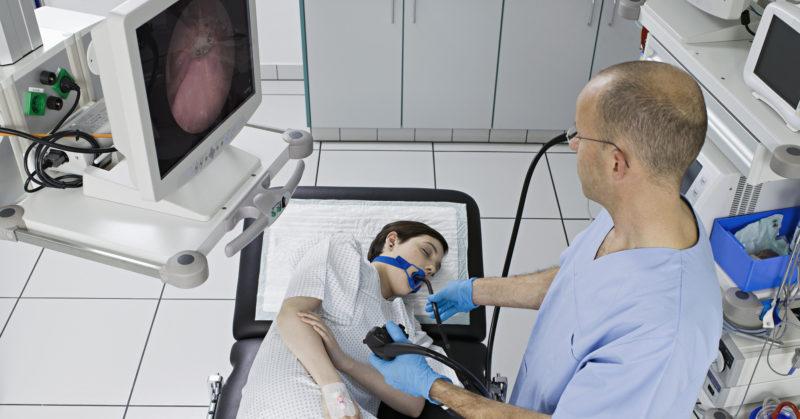
The method is used to confirm or exclude any pathologies of the gastric mucosa in the presence of the following complaints:
- pain in the epigastric region;
- frequent episodes of heartburn;
- nausea with vomiting;
- discomfort in the esophagus when swallowed;
- impaired appetite and rapid weight loss.
The method is required to monitor the effectiveness of therapy for gastric ulcers and gastritis. Patients with chronic diseases of the stomach need to conduct a preventive examination annually - this will allow timely detection of a change in the course of the disease.
FGDS is prescribed for suspected oncology of the stomach or duodenum.
People over 45 years of age are recommended to undergo annual gastroscopy for the early diagnosis of malignant neoplasms.
Additionally, the method is used when small children swallow small items. This problem is quite common among preschool children, and FGDS in this case allows you to quickly assess the possible risks.
Principle of the procedure
The essence of the method is that the patient swallows a gastroscope. The camera at the end of the device displays the image on the screen, so the doctor gets a clear reliable picture of the state of the mucous membranes.
For the convenience of introducing a gastroscope, it is necessary to lie on your side. The doctor pre-treats the pharynx with an anesthetic, in most cases lidocaine is used. An expander (mouthpiece) is placed in the patient's mouth, which should be tightly compressed with teeth. A gastroscope is introduced through it. In order for the device to directly enter the esophagus, a swallowing movement is necessary.
The procedure is quite unpleasant, however, it lasts no more than half an hour. To reduce discomfort, you must carefully listen to the recommendations of the doctor who conducts the examination. The less the patient is nervous, the better gastroscopy is tolerated.
When appointing a patient with FGDS, the doctor will tell you how to prepare, and also explain all the nuances of the examination.
Preliminary study preparation
Before preparing for the procedure, the presence of contraindications should be excluded.

Gastroscopy is not performed in the following cases:
- bleeding disorder;
- recent myocardial infarction;
- hypertensive crisis;
- recovery from a stroke;
- mental disorders;
- exacerbation of chronic diseases.
If you have any ailments, you should definitely inform your doctor about this. Patients with diabetes mellitus and bronchial asthma should be especially careful.
Two to three days before the procedure, you must stop taking any medications.
In the presence of chronic diseases requiring continuous drug therapy, you should consult your doctor about the possibility of gastroscopy. The doctor decides to suspend or adjust the medication regimen.
With exacerbation of chronic diseases, FGDS is tolerated. If urgent diagnosis of stomach diseases is necessary, a procedure may be carried out despite contraindications, but only in a hospital setting.
As a rule, gastroscopy is prescribed in the morning.
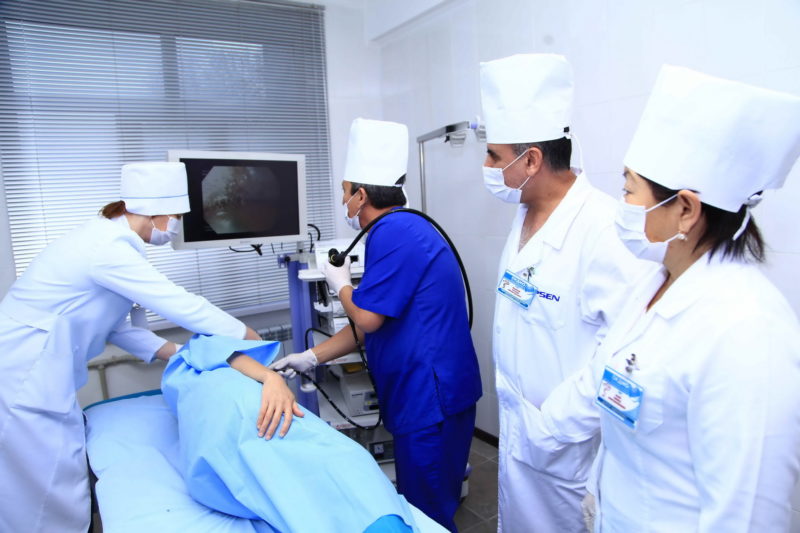
The patient should adhere to the following recommendations:
- the last meal on the eve of the procedure - no later than 18:00;
- in the morning before the procedure, fasting is indicated;
- smokers are not allowed to smoke for several hours before testing.
Limitations are associated with the risk of a gag reflex during the administration of a gastroscope. Tobacco smoke irritates the gastric mucosa, increases the production of gastric juice and stimulates the vomiting reflex, which can disrupt the examination.
What can I eat before FGDS?
On the eve of the procedure, a light dinner is allowed, no later than 4-5 hours before bedtime. The restriction is imposed on all products that are digested for a long time. Before the procedure, you can not eat nuts, chocolate, seeds. Salads should be completely abandoned, since vegetables contribute to gas formation.
Recommended light dinner - dairy products and quickly digestible food. You can eat a small amount of boiled rice or buckwheat, as cereals have time to digest before the examination.

If the patient is prescribed a gastroscopy of the stomach, how to prepare will depend on the indications for the procedure. During a routine examination of a person with a healthy stomach, dietary restrictions are not strict, except for the time of the last meal.This is due to the fact that a healthy stomach will have time to digest any food for 8-10 hours before the examination.
When conducting an examination to confirm any diagnosis, it is recommended to consult a doctor about a restriction in food. This will allow you to avoid errors and successfully transfer the procedure.
Can I drink before gastroscopy?
You can drink a few hours before the procedure, immediately before gastroscopy, the liquid should be discarded. In the morning it is allowed to drink a cup of weak black tea, but it is better to dispense with mineral or purified water without gas.
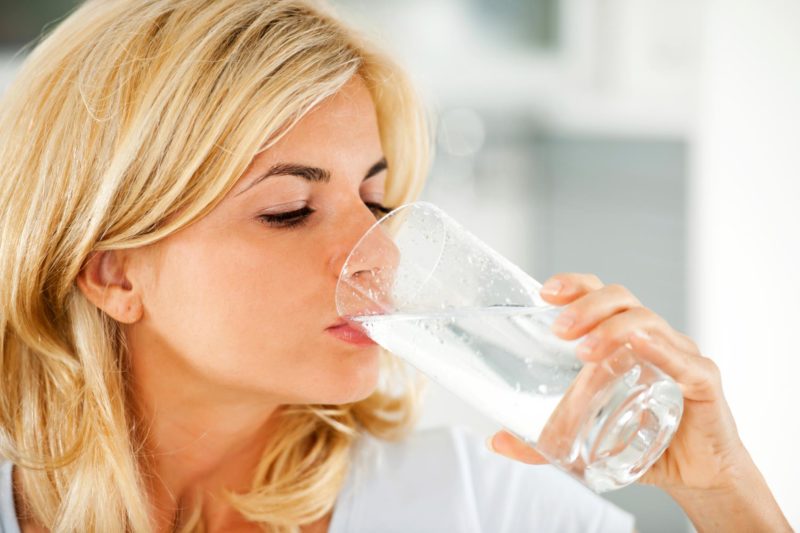
Any juices, carbonated sugary drinks, alcohol or coffee are prohibited.
Despite the absence of restrictions on the amount of liquid, it is recommended to drink no more than 1-2 glasses of water or one cup of tea.
What is forbidden to do before FGDS?
Before the procedure, it is strictly forbidden:
- take any pills;
- drink alcohol;
- to smoke.
Restrictions on medication apply only to tablets and capsules that must be swallowed. This is due to the risk of damage to the mucous membrane of the esophagus when passing a hard tablet. Drugs that absorb, but do not swallow, can be taken.
Gastroscopy is an unpleasant procedure. Quite often, patients try to mitigate the effects of this examination by taking a small amount of alcohol. It is absolutely impossible to do this. Moreover, the doctor may refuse to carry out the procedure to the patient who drank alcohol.
Smokers should give up cigarettes at least 2-3 hours before gastroscopy. Otherwise, when swallowing a gastroscope, a gag reflex will occur, and the course of the procedure will be disrupted.
Recommendations before the procedure
Preparation for gastroscopy of the stomach requires strict adherence to the recommendations of the doctor. In addition to starvation, compliance with the drinking regime and the rejection of bad habits, you should properly tune in to FGDS.
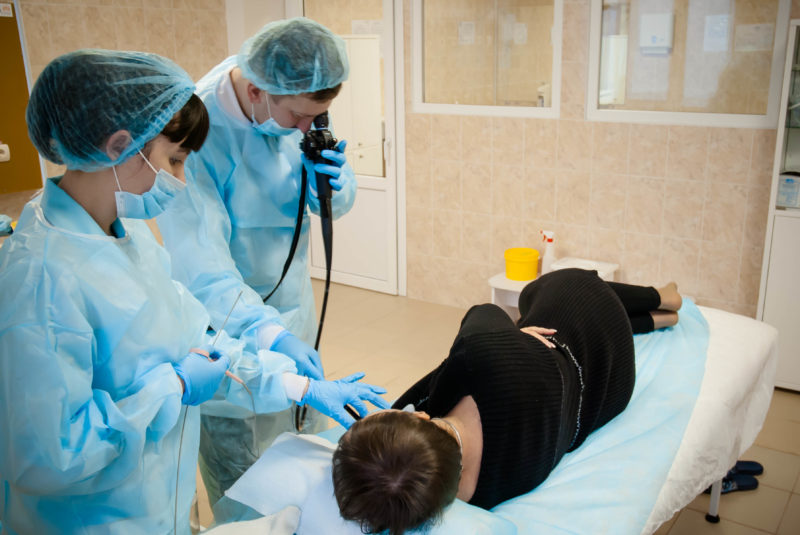
It is important not to be nervous and not to panic. Otherwise, the procedure will be painful, it will be accompanied by a gag reflex, which will increase the duration of the examination. Waking up in the morning, it is recommended to do light exercises. Yoga will help you to tune in the right way.
A good solution is to perform respiratory gymnastics half an hour before gastroscopy.
During the introduction of the device should also be carefully controlled breathing. Deep and measured inspirations and exhalations will help to distract a little from the procedure.
If the patient is too nervous before FGDS, the doctor should be informed. In some cases, it is possible to take sedatives before the introduction of a gastroscope. Particular attention in this matter is given to people with an increased gag reflex.
How to prepare for gastroscopy the day before and in the morning?
In order for the examination of the stomach and esophagus to go smoothly, it is important to remember the rules that should be observed on the morning of the examination.

- Toothpastes contain sugar and components that increase the production of gastric juice. In the morning before the procedure, it is recommended not to brush your teeth.
- It is necessary to refuse breakfast. Eating is carried out several hours after the inspection. Since the procedure is always carried out in the morning, the patient does not have to endure hunger for a long time.
- Do not drink immediately before the procedure. Otherwise, vomiting may occur with the introduction of a gastroscope.
In the doctor’s office, you need to loosen your clothes so that nothing prevents you from breathing deeply. While the examination is carried out, you should not swallow and try to get distracted. It is important to restrain anxiety, focus on something pleasant and distract from discomfort - then the time of examination of the stomach will fly by.



